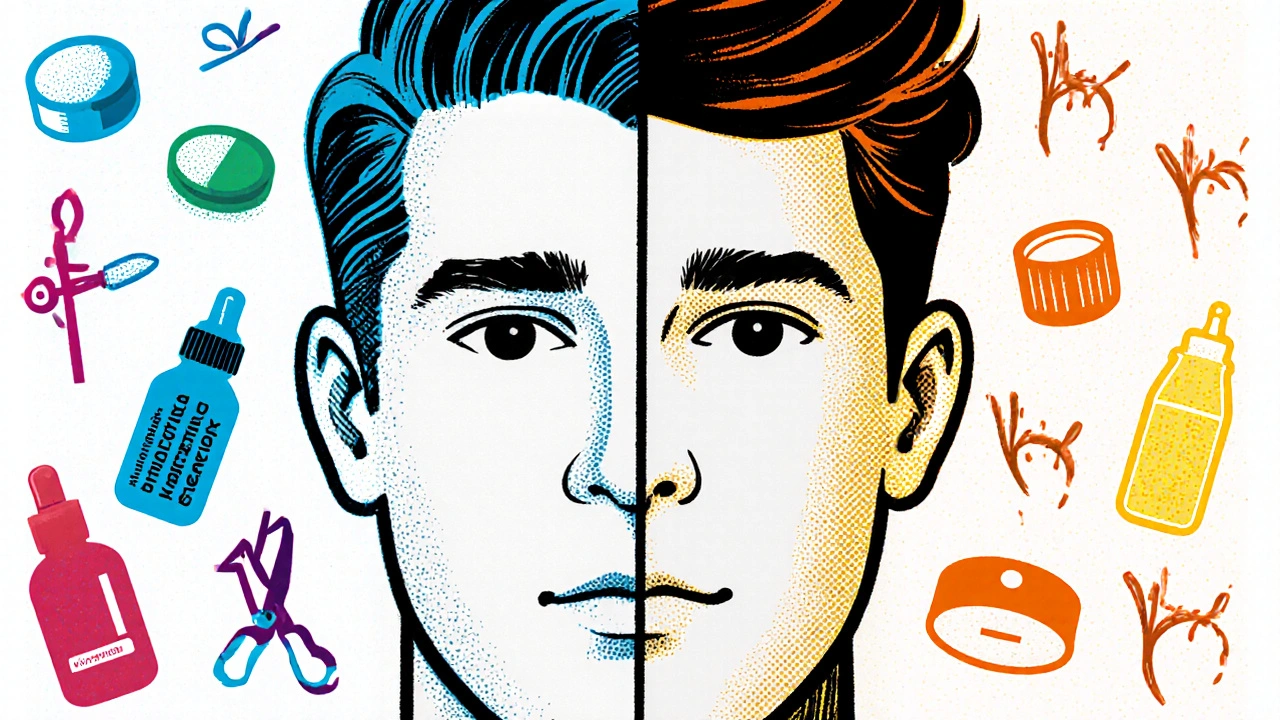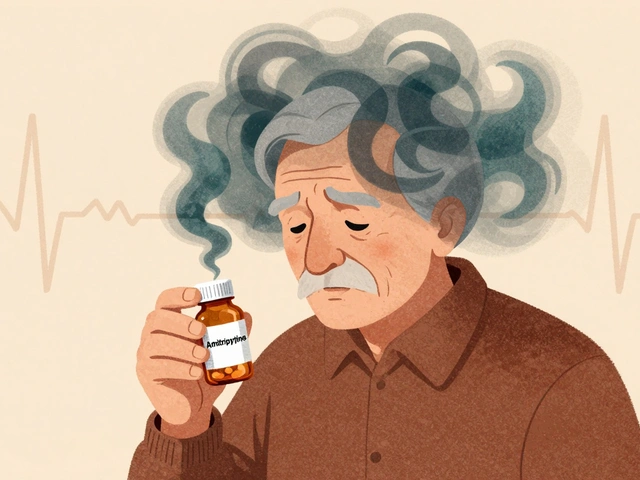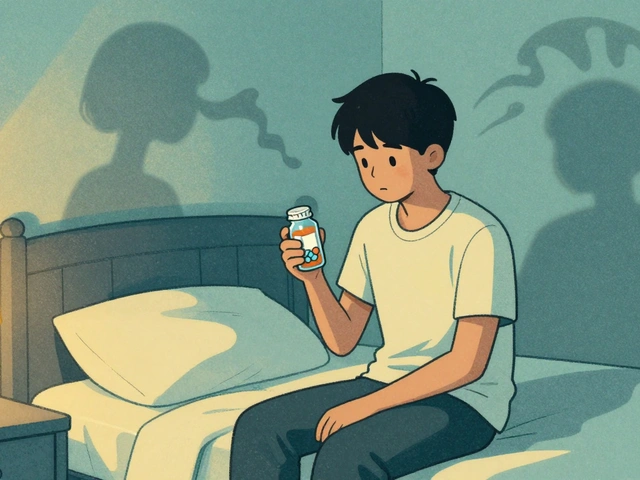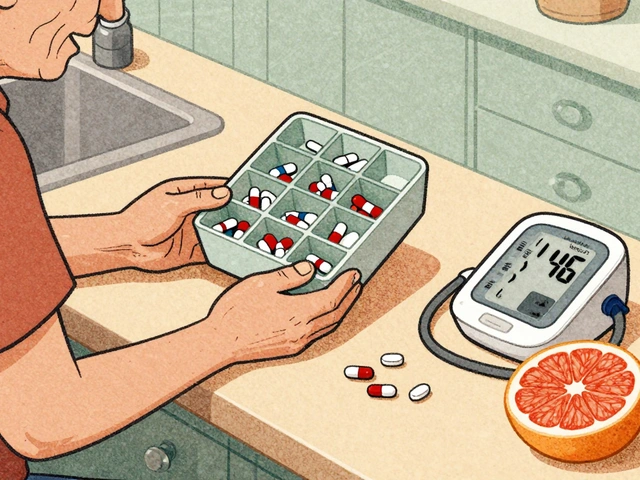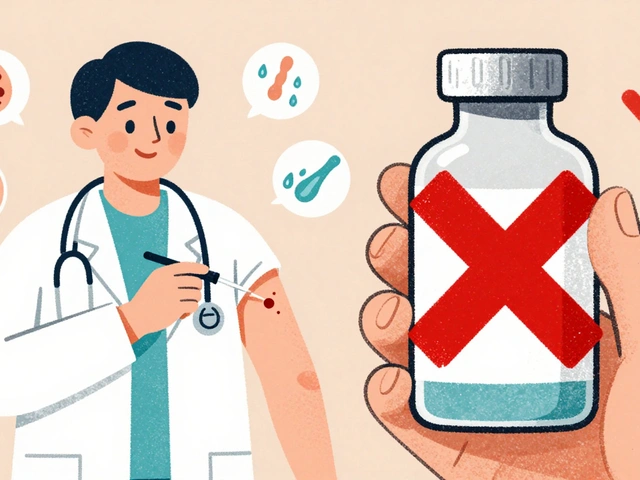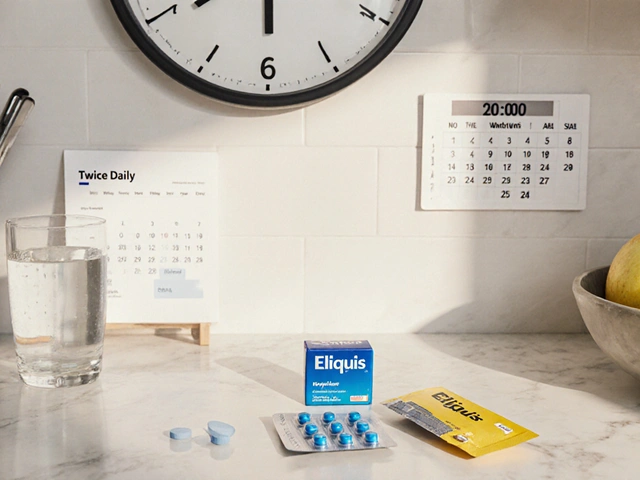Hair Loss Medication: What Works, What Doesn’t, and What to Avoid
When it comes to hair loss medication, prescription and over-the-counter treatments designed to slow or reverse thinning hair. Also known as hair regrowth treatments, these are the only FDA-approved options backed by real clinical data—not just marketing claims. If you’re noticing more hair in your brush, shower drain, or on your pillow, you’re not alone. About 50% of men and 30% of women will experience noticeable hair thinning by age 50, mostly due to androgenetic alopecia, a genetic condition where hormones shrink hair follicles over time. This is the most common cause of hair loss, and it’s treatable—if you know which medications actually work.
The two most proven hair loss medication options are minoxidil and finasteride. Minoxidil is a topical solution or foam you apply directly to the scalp, while finasteride is a daily pill that blocks the hormone responsible for follicle shrinkage. Both have been studied for decades, with thousands of real users reporting results. Minoxidil works for about 40% of people, usually slowing loss and sometimes regrowing finer hair. Finasteride stops progression in 80% of men and regrows hair in about 60%. Neither is a miracle cure—you have to keep using them, or you’ll lose the progress. Stop minoxidil? Hair falls out within months. Stop finasteride? The hormone swings back, and thinning resumes. There are no magic serums, herbal blends, or scalp massagers that match this level of evidence. Some supplements claim to help, but they don’t have the same regulatory backing or consistent results.
Not everyone can take finasteride. Women, especially those who are pregnant or planning to be, should avoid it. Men with prostate issues or certain hormone conditions need to talk to their doctor first. Minoxidil is safer for most, but it can cause scalp irritation or unwanted facial hair in some users. The key is consistency: applying minoxidil twice daily, taking finasteride at the same time every day. Results take 3 to 6 months—you won’t see changes in a week. And if you’re using both together, studies show better outcomes than either alone.
What’s missing from most ads? Real talk about side effects, long-term use, and what happens when you quit. You won’t find this in YouTube influencer videos or Amazon product pages. But you’ll find honest, detailed comparisons in the posts below—real user experiences, direct medication comparisons, and clear advice on what to expect before you start, and what to do if things don’t go as planned. No hype. Just what the science says, and what works for real people.
